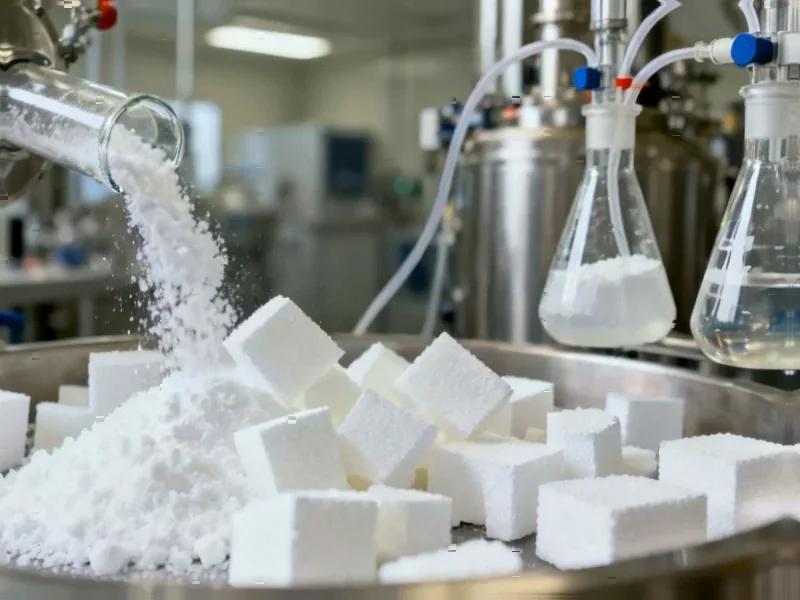According to New Atlas, Cornell University researchers discovered that the H5N1 bird flu virus can survive in raw milk cheese for up to 120 days despite standard 60-day aging requirements. The study found that cheeses with pH levels between 5.8 and 6.6, including cheddar samples from commercial dairies, maintained live virus, while more acidic cheeses below pH 5 showed no virus presence. Researchers tested both laboratory-made “mini cheeses” and commercial cheddar, with all four commercial samples testing positive for H5N1. The study also revealed that 4.4% of U.S. adults consume raw milk annually, creating potential exposure pathways in states where bird flu has been detected in dairy cows. This research challenges current food safety assumptions and demands industry response.
Specialty Cheese Market Faces Existential Threat
The raw milk cheese industry, valued at approximately $13 billion globally, now faces a fundamental challenge to its core safety protocols. The 60-day aging rule, established by the FDA decades ago primarily to control bacterial pathogens like Listeria and E. coli, has served as the regulatory foundation allowing raw milk cheese production. This new research demonstrates that viral threats operate on entirely different parameters, potentially rendering the entire safety framework obsolete. For artisanal producers who have built their brands around traditional methods and unique flavor profiles derived from raw milk, this represents more than a regulatory hurdle—it threatens their market positioning and consumer value proposition.
Imminent Regulatory Overhaul
Food safety agencies now face pressure to implement more stringent testing requirements that could fundamentally alter production economics. The finding that commercial cheddar samples tested positive suggests current supply chain safeguards are insufficient. We’re likely to see mandatory pre-production milk testing become standard, adding significant costs to small-scale producers who operate on thin margins. The FDA and USDA may need to reconsider whether the 60-day aging standard provides adequate protection against viral threats, potentially leading to extended aging requirements or complete reformulation mandates for certain cheese types.
Winners and Losers in Dairy’s New Reality
Pasteurized cheese manufacturers stand to gain significant market share as consumers seek perceived safety. Major dairy processors with established pasteurization infrastructure and brand trust could see accelerated growth at the expense of artisanal producers. Meanwhile, companies specializing in pH monitoring and acidification technology may experience increased demand as cheesemakers seek technical solutions. The research suggesting that acidic environments (pH below 5) eliminate the virus creates opportunities for formulation experts and food scientists to develop new cheese varieties that maintain consumer appeal while ensuring safety through controlled acidification processes.
Ripple Effects Through Dairy Infrastructure
This research will inevitably lead to more rigorous milk sourcing protocols throughout the dairy industry. Farms implementing comprehensive biosecurity measures and regular testing may command premium prices for their milk, creating a two-tier market. Dairy testing companies and veterinary services will see expanded demand for surveillance and certification services. The transportation and storage sectors may need to adapt to segregated supply chains, with tested and untested milk requiring separate handling—adding complexity and cost to an already strained logistics network.
Changing Consumer Preferences and Pricing
The raw milk segment, which has enjoyed growing popularity among consumers seeking “natural” and “unprocessed” foods, now faces a credibility crisis. We can expect to see premium pricing pressure as consumers question the value proposition of paying more for products with potential health risks. Retailers may become more selective in their raw milk cheese offerings, and some may eliminate the category entirely until clearer safety protocols emerge. The insurance industry may also reassess liability coverage for raw milk producers, potentially making business operations more challenging and expensive.
Technological Innovation Pathways
The study’s suggestion of sub-pasteurization heating presents an intriguing middle ground that could preserve some raw milk characteristics while ensuring safety. This creates opportunities for equipment manufacturers to develop precision thermal processing systems tailored to artisanal scale operations. Additionally, rapid testing technologies that can detect viral contamination at the farm or production facility level will see accelerated development and adoption. The challenge remains balancing traditional methods that define product quality with modern safety requirements—a tension that will drive innovation across the dairy technology sector.




